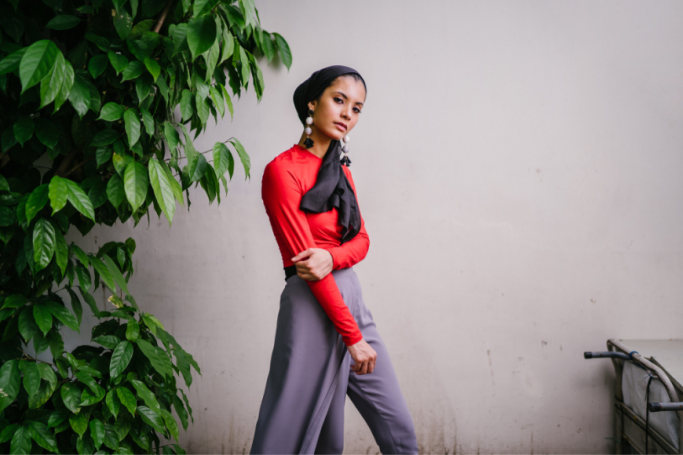Heading out for a run or to exercise? These are the do’s and don’ts of exercising with a face mask on in the UAE.
12 May 2020
| Last updated on 13 May 2020
Many residents may have questions about jogging, cycling, and exercising while wearing a face mask.
What comes as great news to UAE residents, the country’s movement restrictions have eased and people can go outside their homes without a permit. Wearing a face mask in public is still mandatory for all, as it’s part of the UAE’s health and safety measures to safeguard residents and citizens against Covid-19.
After weeks indoors, some are resuming or starting regular exercise outside, although gyms are still out of the question.
It’s generally safe for most people to exercise with a face mask on, with many from casual joggers to Olympic-level athletes continuing their outdoor routine while wearing a mask.
But because the thought of exercising outdoors can sound terrible, especially with summer picking up, we discuss everything there is to know about exercising in the UAE while wearing a face mask.
Don’t overdo it
Strenuous exercise with a face mask on will feel new and unpleasant in the beginning. Combine that with our affected fitness level after weeks cooped up inside our homes, and we’re sure to find ourselves out of breath and struggling.
Slow down your jogging, running, and exercise routine while your body and mind get used to the feeling.

Avoid following a strict routine
If you use a smartwatch, you’ll be familiar with its daily steps, exercise, etc. it says you need to do. Don’t worry about how many lunges you’ve done or how many minutes you’ve spent on a run.
Use this time outdoors to take in the health benefits of a walk or run. Avoid letting your smartwatch or previous routine dictate if your outdoor exercise was good or not.
Pick a suitable face mask
Face masks vary in their levels of airflow restriction, as it depends on the material and its thickness.
Thicker face masks, such as the N95, will provide you with less oxygen intake that your body might need during exercise. Face masks will also become damp due to the moisture in our breath, and stronger inhales will press the material against your mouth.
We recommend wearing a mask with thinner material, such as a surgical mask for lesser resistance to breathing.
Regardless of which type of face mask you wear, you are still adding an initial barrier to fresh oxygen, which your body will not be used to. Over time, your body will begin to adapt to the reduced flow of air, and learn how to efficiently metabolise oxygen.
Take frequent breaks
Due to the face mask’s breathing resistance, it will be easier to run out of breath faster than you typically would.
Pay attention to how your body reacts when exercising with a face mask.
Be on the lookout for dizziness, shortness of breath, imbalance, lightheadedness, numbness, or tingling during your exercise. If you experience any of these, be smart, stop to sit down, and take a breath.
Know if you’re getting enough air
Perhaps the most accurate way to tell if you’re getting enough oxygen is with a pulse oximeter, as it tells you the oxygen saturation of your blood.
Smartwatches are a handy exercise tool for keeping track of your heart rate and oxygen saturation.
Your body is a natural indicator, as well. Lightheadedness, dizziness, numbness, and extreme shortness of breath is a clear sign you will need to stop exercising and take a break.





























































































![We Tried [u]bk's Lively Garden Brunch at Mövenpick JLT Dubai We Tried [u]bk's Lively Garden Brunch at Mövenpick JLT Dubai](https://cdnexpatwomanfood.expatwoman.com/s3fs-public/urban%20bar%20and%20kitchen%20brunch%20main.png)








































